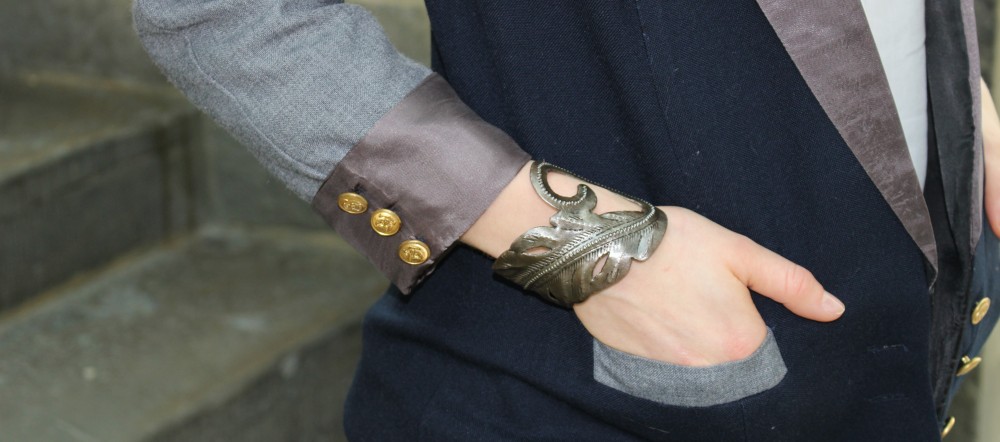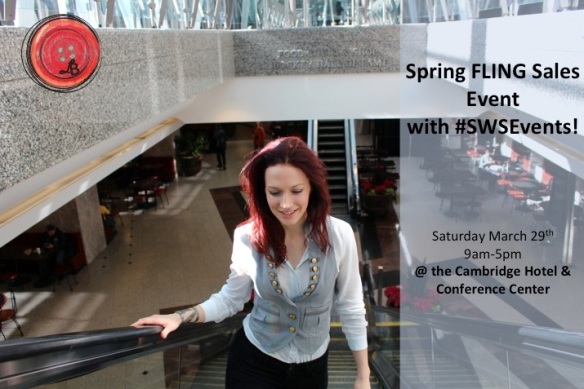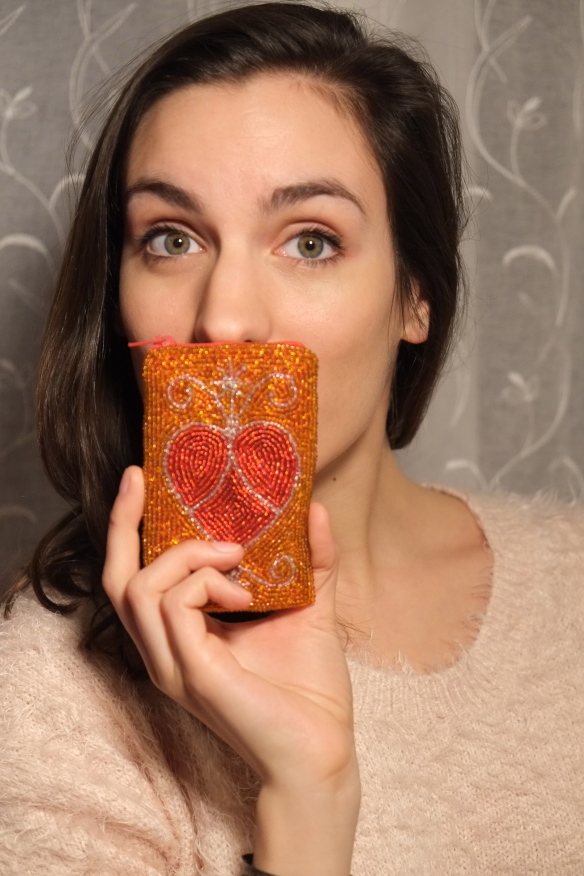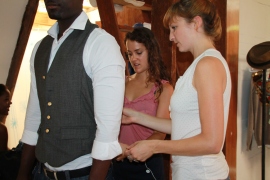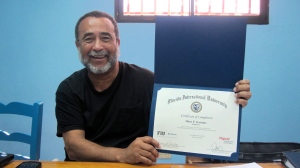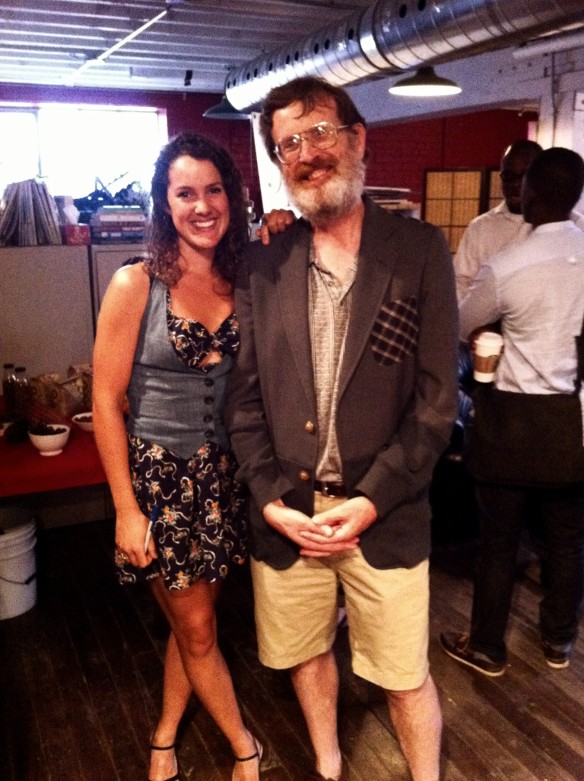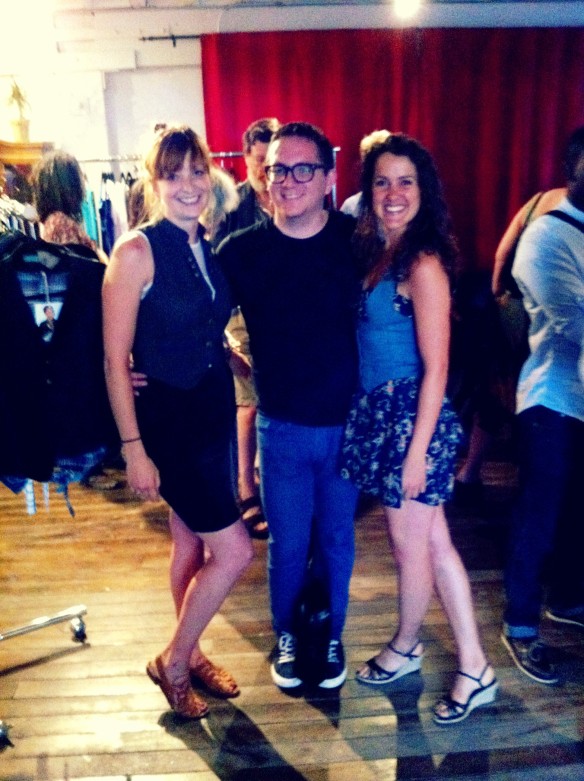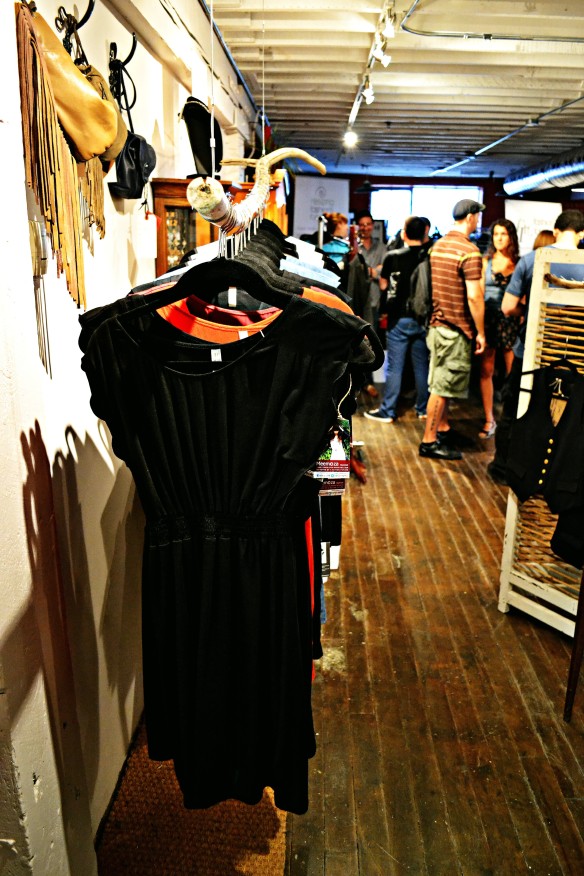LOCAL BUTTONS AND RYERSON FASHION STUDENTS TRAVEL TO PORT-AU-PRINCE, HAITI TO STUDY SUSTAINABLE & ETHICAL FASHION IN THEORY AND PRACTICE
Unemployment remains at an all time high in Haiti following the January 12, 2010 earthquake. Many skilled garment-makers and designers remain jobless due to the lack of exposure to international markets. The sparse garment jobs that are currently available in Haiti are often subject to poor pay and horrific working conditions. Local Buttons creates up-cycled professional wear and accessories that embody style and quality. Each piece provides sustainable, fair pay jobs in Haiti and breathes new life into old materials.
Local Buttons and the Ryerson School of Fashion collaborate to lead a select group of fashion students to Port-au-Prince, Haiti to learn first hand about ethical production and sustainability in the fashion industry. Students will be visiting Port-au-Prince from June 2nd-6th, 2014 visiting multiple factories, local designers and artisans and a bottle recycling plant that makes textiles in the US from recycled Haitian bottles.
Lu Ann Lafranz, program director of fashion design at Ryerson states ‘As a strong supporter of experiential learning for our students at Ryerson School of Fashion, I saw an opportunity to ignite further interest in sustainable fashion through our hosts – Local Buttons. What better way to allow students to push the boundaries of their education than to reach outside the walls of our classrooms and create an international experience?’
The trip will provide an inside view of manufacturing to students whose education traditionally remains in the academic and design aspect. Opening the doors to ‘expose’ manufacturing will allow students to see first-hand the various levels of the supply chain and the human and environmental impact of our consumption patterns in North America.
Alec Hildebrand, Ryerson fashion student states: ‘By seeing first hand what the factories are like and what the ethical occupational standards are in a developing country, I will hopefully be able to design garments that not only fit my aesthetic and functionality, but also are able to be manufactured at a relative cost with upheld fair trade and proper safety standards.’
‘We are thrilled to bring students into our production process’ states Anne Pringle, co-founder of Local Buttons. ‘It has been our goal since day one to provide transparency throughout our line and encourage collaboration within the design community’.
For more information contact Anne Pringle: anne@localbuttons.ca
